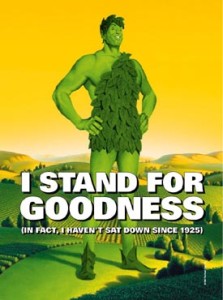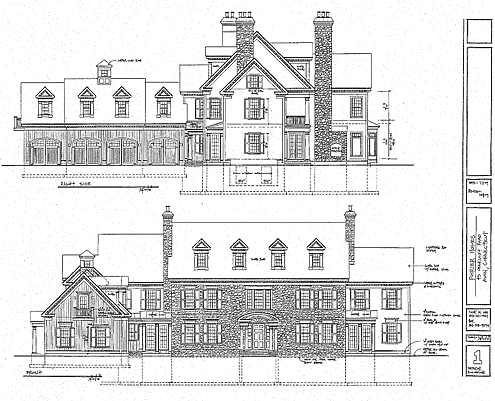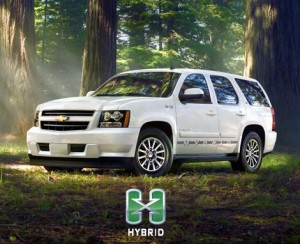 Homes are built, bought, and sold in markets. Banks lend money to build or buy a home according to an appraisal of its likely value in that market. Before that market went bust it encouraged the construction of increasingly larger and more expensive homes and unwittingly established these elaborate and often oversized homes as the new standard. Now, any new home, or one remodeled to become “like new”, is unfortunately measured against that bankrupt standard of size, fit, and finish.
Homes are built, bought, and sold in markets. Banks lend money to build or buy a home according to an appraisal of its likely value in that market. Before that market went bust it encouraged the construction of increasingly larger and more expensive homes and unwittingly established these elaborate and often oversized homes as the new standard. Now, any new home, or one remodeled to become “like new”, is unfortunately measured against that bankrupt standard of size, fit, and finish.
Future friendly homes don’t fit this mold. As the “Not So Big House” advocate and author Sarah Susanka invites, great homes needn’t be outsized to provide utility and comfort. Less space, designed wisely and using resources responsibly, can actually feel like more. In turn, Passive House principles suggest that simpler forms and smarter building practices result in exceptionally efficient, durable, safe (healthy), and dependably comfortable homes. Unfortunately, measuring these qualities confounds the appraiser.
What’s a builder to do?
In a disturbing trend, the answer seems to be to fit that old oversized model in a new “green” girdle so it will appear inviting in its bright new green outfit. This outfit comes in many variations and features some gee whiz technologies that seem worthy of green bragging rights. As some of the participants in the CT Zero Energy Challenge proudly claim, you can have the “luxury and looks without sacrifice” and “make it look normal” as in being “virtually indistinguishable” from the conventional homes that banks and builders are longing to continue to build, finance, and sell.

An Entry in the Zero Energy Challenge
These “green giants” encourage us to believe that the building industry has this all figured out and we’ll be enjoying “Zero Energy” living in McMansions with solar panels and atrium entries. Overhyped and unnecessarily expensive ground source heating and cooling systems and (deeply subsidized) oversized solar systems are misguided substitutes for what we would be wise to acknowledge: Consuming less of a lot is not the same as responsibly using your fair share of enough. We will (and must) continue to understand more and more profoundly and consciously: Energy is precious.
 Future friendly homes are a reverent response to this dictum. In time the market will recognize and reward the difference. For now though, the market confuses us into giving birth to these inappropriate and misleading “Jolly Green Giants.” They are the equivalent of that archetype of excess, the super-sized SUV, now being sold as a hybrid.
Future friendly homes are a reverent response to this dictum. In time the market will recognize and reward the difference. For now though, the market confuses us into giving birth to these inappropriate and misleading “Jolly Green Giants.” They are the equivalent of that archetype of excess, the super-sized SUV, now being sold as a hybrid.
